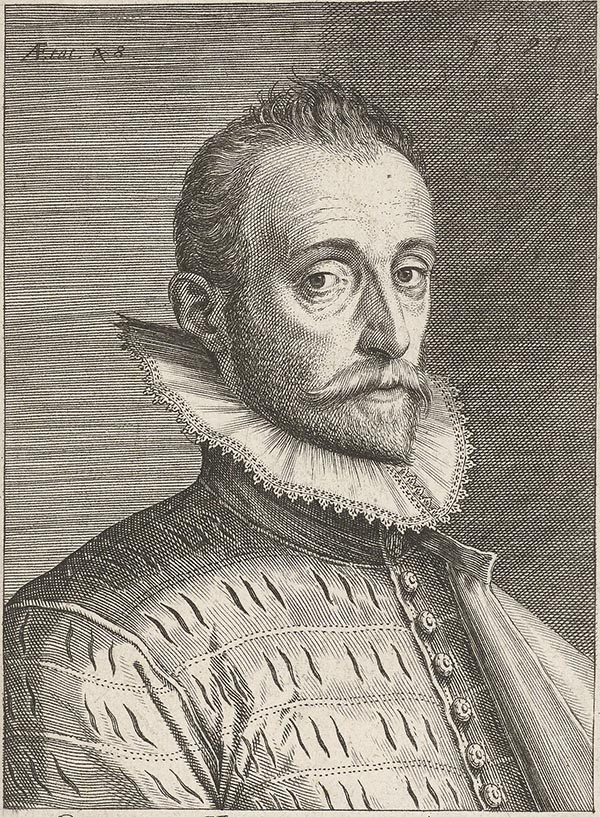Joris Hoefnagel or Georg Hoefnagel (1542 - July 24, 1601) was a Flemish painter, printmaker, miniaturist, draftsman and merchant. A prolific illustrator, he was noted for his works of natural history and topography. He was the last notable manuscript illuminator; his designs were influential in the development of still-life painting as a genre. He was the son of a dealer in diamonds and luxuries, was given a broad humanistic education, commanded several languages, and could play various musical instruments. Although it is not documented, it is believed he received his training in painting from Hans Bol in Antwerp. He attended the universities of Bourges and Orléans, but the turmoil of the first French War of Religion forced him to flee back to Antwerp in 1563. His family business then sent him to Spain and England, though he would return frequently to Antwerp until the 1576 sack of the city during the Eighty Years War uprooted him. His travels thereafter took him to the Rhineland, Venice, and Rome. He visited ancient sites in the Kingdom of Naples. He produced an array of views and landscapes capturing the places he visited firsthand; more than a few of these would be committed to print by Braun and Hogenberg in their Civitates Orbis Terrarum, on which Hoefnagel worked for most of his adult life. He is known to have provided Ortelius with at least one map, depicting Cadiz and its environs. His skills developed, and he would be recommended to Albert V Duke of Bavaria as court painter. In spite of offers to serve the Cardinal Alessandro Farnese, he moved to Munich and painted for Albert for eight years. The position granted him great freedom to choose his own subjects of work, and to accept commissions broadly. In addition to producing his own work, he sold and collected old master drawings. Religious conflict forced him, a Calvinist, to leave Munich in 1591. He then went to work for Emperor Rudolf II, first residing in the city of Frankfurt am Main, and that vibrant trade center gave him access to a circle of Flemish humanists, such as Carolus Clusius, who would influence his later botanical illustrations. In 1594, he was yet again forced to leave because of his Calvinist faith, working his final years in Vienna and Prague. He died in Vienna.




